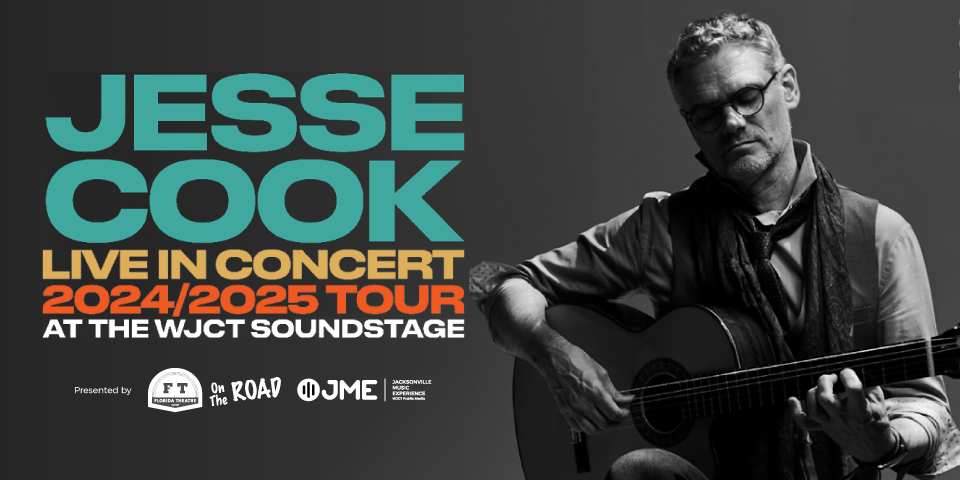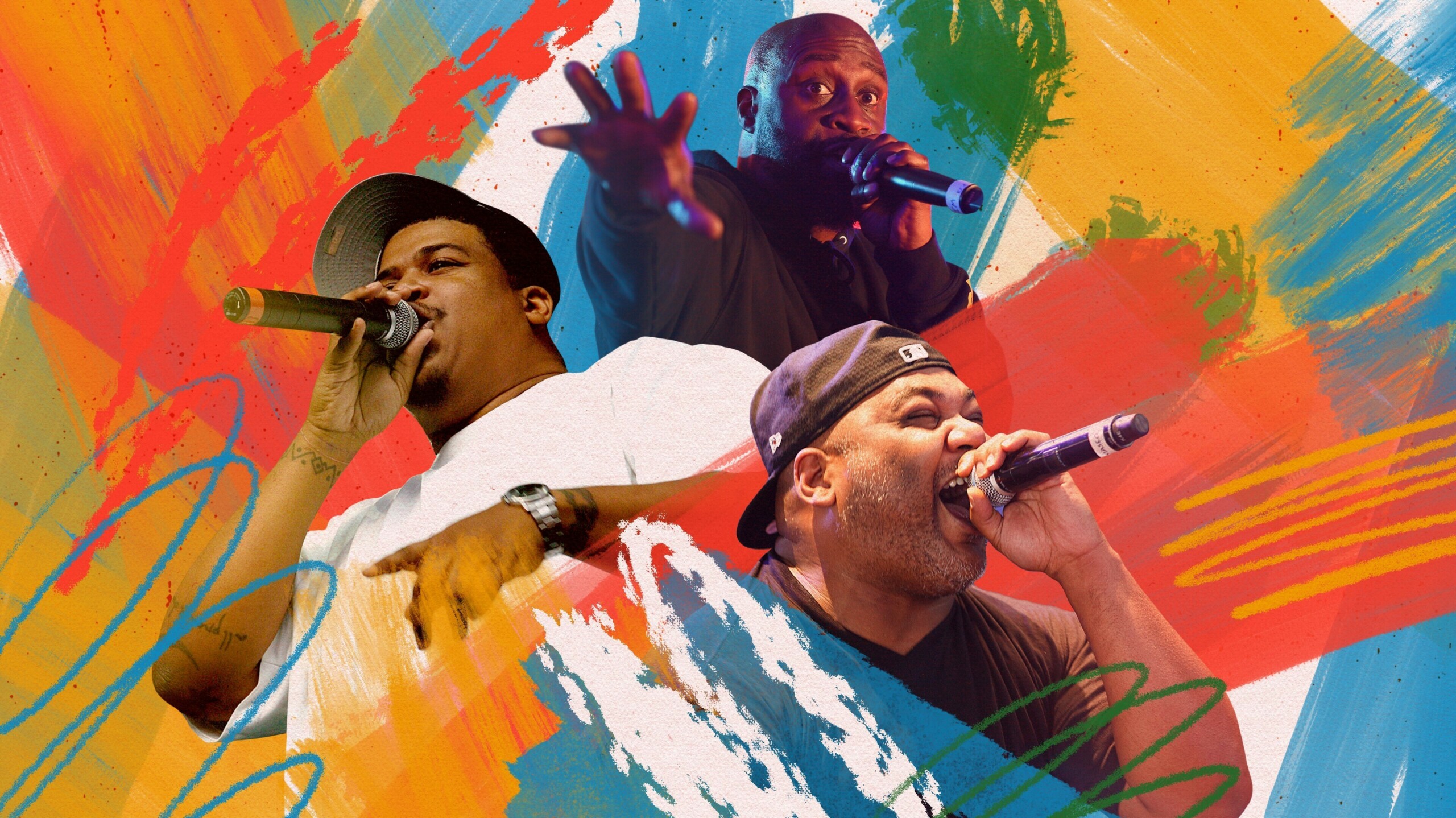
For a long time, De La Soul tracks felt like Easter eggs, littered across the landscape for only the most enterprising young rap fans to stumble across. My first conscious encounter with one of their cuts was hammering away at the “Race for the Heisman” mode on NCAA Football 06 for Playstation 2, grinding to turn my unheralded college running back into a campus legend. As I toiled away at minigames, the four-count drumbeat intro of “Me Myself & I” became seared into my brain, acting as a Pavlovian trigger to elevate my mood. Even at seven years old, the track’s allure was undeniable — relentless record scratches marked the Funkadelic sample’s iconic bass and keyboard loop, as Plug One and Two’s nimble, nursery rhyme raps tumble inside a fun-loving groove.
This type of moment, powered by nostalgia and warm feelings, would usually represent the perfect entry point into De La Soul’s discography, beginning an exploration into the absurdist, sample-laden world of members Posdnuos (Plug One), Trugoy the Dove (Plug Two) and Maseo (Plug Three) — an opportunity to become accustomed to one of the most influential groups in hip-hop history, to fall in love with the idiosyncrasies of its deep catalog and to learn its broader influence. But unless you were already in possession of prized records and cassettes, their pre-2004 catalog (3 Feet High And Rising and Buhloone Mindstate, De La Soul Is Dead, Stakes Is High, Art Official Intelligence: Mosaic Thump, and AOI: Bionix) was an array of unattainable artifacts, kept off digital media and streaming services for the better part of two decades. Now, after the triumphant acquisition of their music, in 2021, its full scope is available to a fresh crop of listeners, nearly two years later.
It’s about more than the songs being ready at our fingertips. If you didn’t grow up in the 90s, or earlier, living and breathing De La Soul’s music on car speakers and in headphones, its trio likely exists in a mythical space. For years, they appeared in every hallowed rap archive known to man, adorned by descriptors like “greatest” and “influential.” But if you weren’t around to witness their run, or if the music wasn’t dusted off and shared with you by a rap elder statesman in the know, the available digital evidence — albums like the crowd-sourced and the Anonymous nobody… and the critically acclaimed but seemingly lesser The Grind Date — only spoke to a sliver of that greatness. It could be hard to puzzle what the group meant without all of the pieces. As De La maintained its status through this drought, being revered and loved with every utterance — to the younger rap fan, it has always felt like being robbed of experiencing the genre in its purest form.
Ironically, De La’s absence during the boom of streaming has continually built up their status as legendary phantoms of rap. Physical versions, jacked up by resellers on Discogs and eBay, felt like hidden grails, only able to be uncovered by the most curious and enterprising listener. Sketchy download links on third-party websites turned trying to listen to their early masterpieces into a game of Russian Roulette, adding to the intrigue attached to the trio. Each moment when you were able to encounter a De La Soul record felt like a gift from heaven — a brief experience of musical enlightenment that you wanted to hold onto for as long as possible. The rare instance a De La track touched your ears became the reward for an intense labor of love. In a way, they’ve existed in opposition to the way that modern music listeners consume music. The rules of the current streaming age cater to truncated attention spans. The newest thing is constantly shoved into your eardrums, seeking to replace the previous thing you just heard. The magic of discovery has been reduced, now sanitized and delivered through algorithmic methods, instead of letting randomness and coincidence determine your path. Ease has usurped the old way, cheapening the sensation of finding something new.
For a new listener in 2023, one currently consuming the sounds and styles of a genre that has mutated so much since 1989, De La Soul can still feel prescient, if not rejuvenating. The group’s words and decisions invoke a brand of positivity that avoids the pitfalls that plague much of the “earnest” rap that exists. Instead of making morality plays about the ways that others should be living or rapping, De La sought to celebrate their own individuality, centering their quirks and mannerisms. Even their shots at others prioritized the group’s own identity — “In no way are we trying to disrespect any sort of house or club music,” Trugoy says to open “Kicked Out the House.” “But we’re just glad that we’re not doing it.” They leaned into this beaming sense of personality with their Daisy regalia and inane inside jokes, a creative weirdness that displayed a security with who they were and the ways they operated. It is an infectious self-confidence that is not just for rap historians, but for the uninitiated too.
The iconic “Me Myself & I” video shows them being bullied for their “hippie dress,” while simultaneously rapping with pride about refusing to copy the other ways that their peers performed and existed. It’s a level of self-acceptance that artists crave, and one that listeners gravitate towards, even now. Even as their sound shifted — away from the treasure trove of samples, executed with such precision that they could rarely be described as unnecessary or ridiculous, a ledger that might fuel a new fan’s music discovery journey for years toward other realms of experimental production that worked just as well — they retained an authenticity, a singularity, that stands the test of time.
De La Soul is important, not only to the purists and old heads that have grown up with them for decades but to a newbie now blessed to experience the group for the first time. Those first listens feel as if you’ve stumbled upon a time capsule — dug up from an era where the rules of rap were still being written, where the frontier was wide open, and the trio was blazing a trail with each move. 3 Feet High And Rising thrusts you into a world that exists totally in left field; high-brow and absurdist in concept but executed with flawless precision. The controlled chaos of Prince Paul and Maseo’s production ruled then and rules still — samples from Michael Jackson, Steely Dan and Billy Joel seemingly strewn about at random — gifting Posdnuos and Trugoy a delightfully varied landscape to experiment with freedom. Each rap verse oscillated between slapstick, metaphor-filled ramblings and precise manifestos about their own unique brand of creativity. Less interested in rebelling against the status quo of gangsta rap, Posdnuos, Trugoy and Maseo instead sought to chronicle their Long Island life through riddles (“Vocal in doubt is an uplift / And real is the answer that I answer with,” Trugoy raps on “Plug Tunin”), insane spoof game show skits (posing questions like “How many feathers are on a Perdue Chicken,” on the intro) and methodical scene-setting. Through those first 24 songs of their career, De La Soul was creating their own rap universe.
And that universe only continued to warp throughout the 90s, ensuring that each venture remained fresh in the minds of rap fans, while still retaining De La’s core tenets. It’s the type of evolution that caters to the fickle modern rap fan — self-referential musings on newfound fame and inventive samples; a 180 degree-pivot to abandon the hippie personas they built from scratch; a mirror of creative and professional free-fall (and the subsequent pull-up before crashing down), resembling a psychedelic mind trip. Who else would decide to interrupt their raps with a five-minute saxophone solo from the great Maceo Parker, or plop a freestyle from a Japanese rap trio out of nowhere? And yet, neither decision felt like an act of chaos. Stakes Is High arrived as De La Soul’s darkest, most biting work, using historical touchstones to celebrate the genre they’d helped build from the ground up, while also lamenting the state of rap at a turning point in the mid-90s, but it was just as much about endorsing what they did like: Mos Def, Camp Lo, Large Professor and Beatminerz, just to name a few. You could boil down the De La ethos to one Posdnuos couplet from “Dinninit”: “I’m pourin’ out these rhymes for them kids who ain’t here / Stakes is high, but we gonna try to have fun this year.” And fun was had, every year they released; it is restored once more, like a wellspring tapped anew. When you go back and listen to the early run for the first time, you recognize that you’re not just hearing one of the best rap groups ever; you’re getting a lesson about how hip-hop itself was born, how it survived in the past, how it functions at its most imaginative and how the artform can live on in the future.
The way that De La Soul’s early catalog is being reintroduced back to the masses adapts well to the characteristics of the streaming age too. Flooding the market with six albums caters to the all-or-nothing style of consumption, similar to how people burn through their favorite show whenever the entire collection is available on demand. New fans can become obsessed with that 12-year era, embarking on the journey through the group’s catalog from the very beginning, binging without waiting years for the next chapter. There’s ample space to investigate the nooks and crannies of these albums. Becoming lost in De La Soul’s world can be even more natural when it feels never-ending.
Of course, that’s only a feeling. If you’re a younger rap fan who cares about the past, it’s beginning to seem as though your fandom is on borrowed time. Trugoy the Dove’s recent death, at the age of 54, is the latest in an ongoing sequence where Black icons pass away before they grow old and are given their flowers, before young fans can discover and appreciate them and let them see and feel their impact. Because of all the chaos surrounding these records, Trugoy was robbed of the opportunity to be showered with love and appreciation from new listeners, while we’re unable to watch a legend grow with grace and skill in the later years of his career. It hurts that we’re forced to talk about Trugoy in the past tense when he should have been able to be lauded and praised in the present. With that in mind, it can feel urgent to listen to these records, and to treasure those like them, before the artists who made them are lost to history.
9(MDEwNzczMDA2MDEzNTg3ODA1MTAzZjYxNg004))
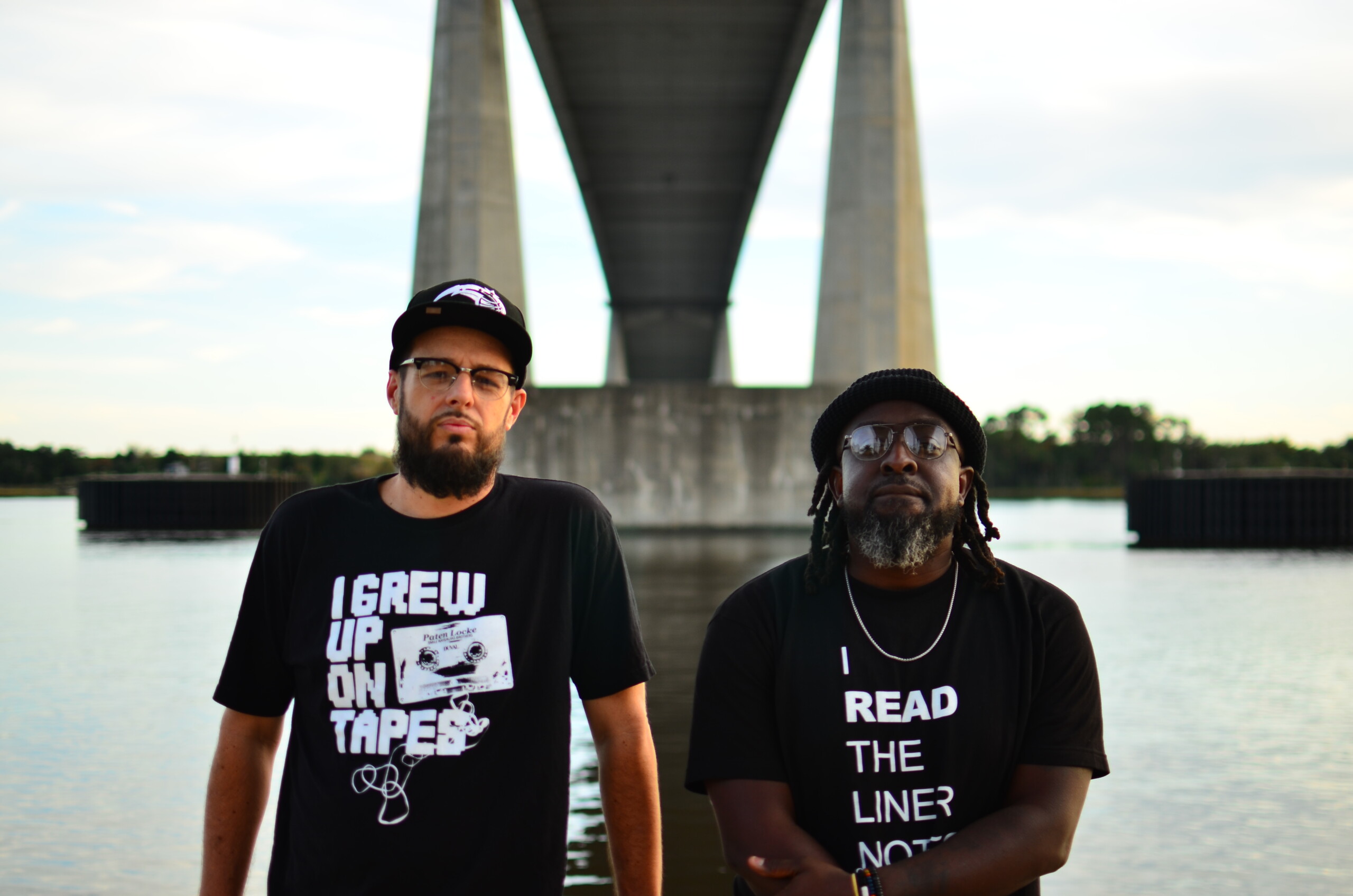
Mr. Al Pete and Notsucal Release Their Latest Collab, ‘G4.5’
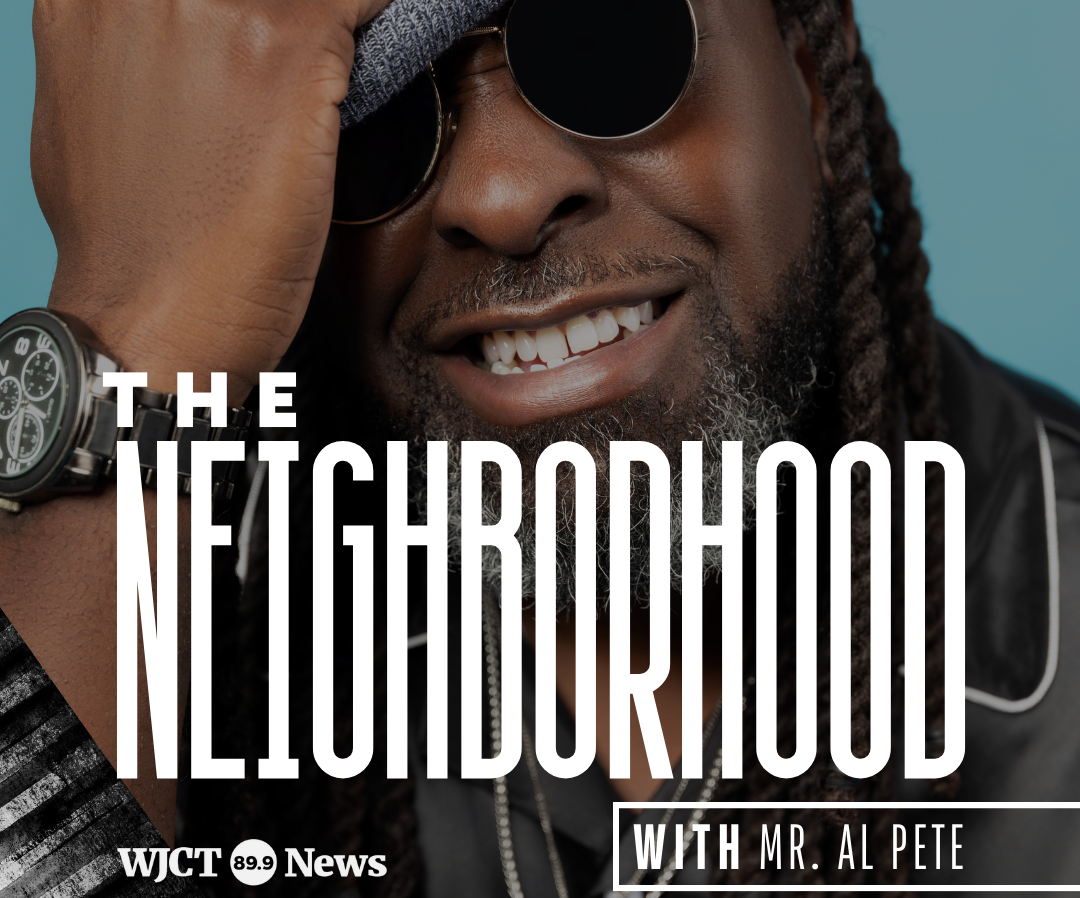
Dinner Party, Tom Misch and More from the Neighborhood with Mr. Al Pete

An Ultra-Chill Playlist from the Latest Episode of Electro Lounge
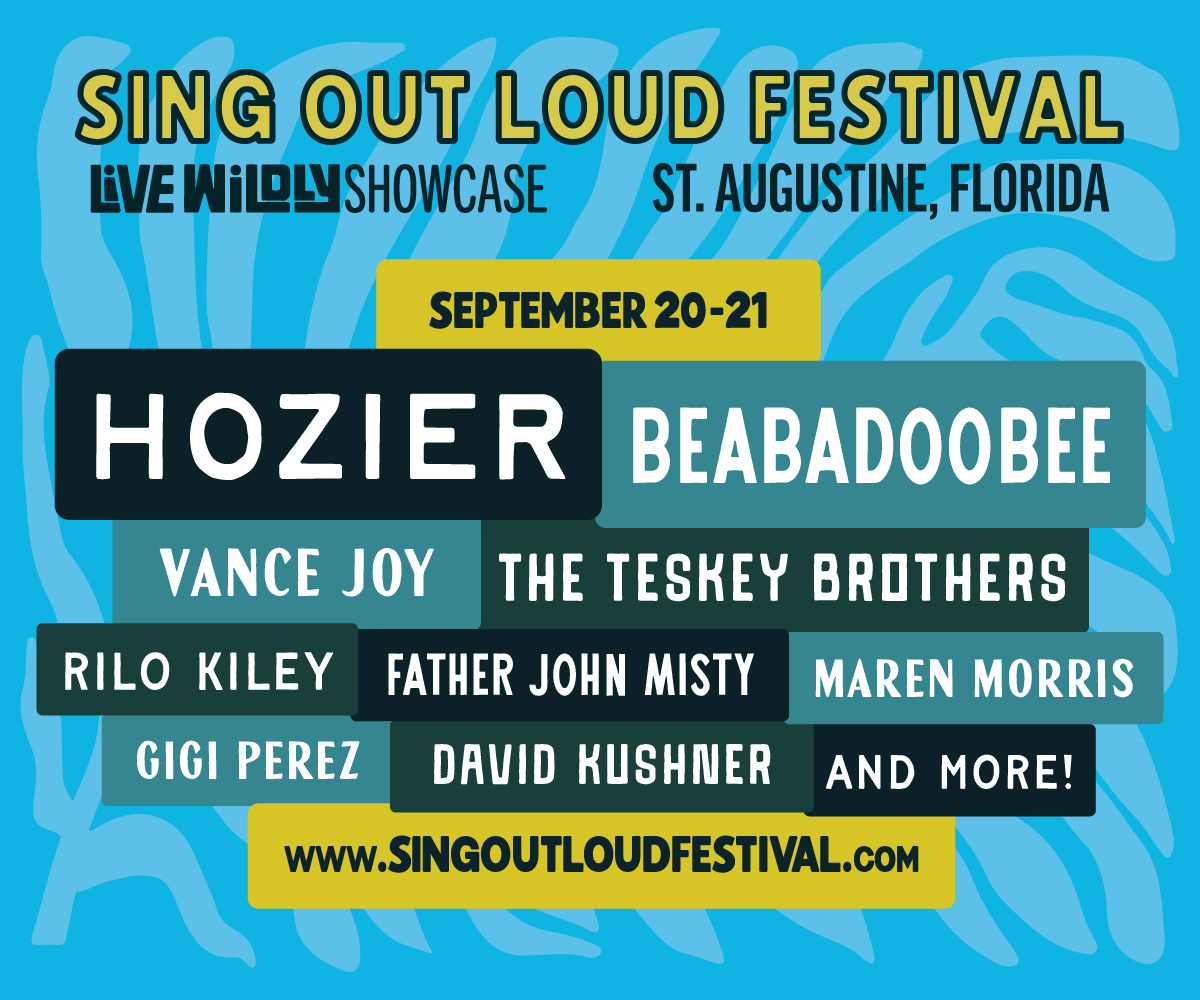
Sing Out Loud Festival Returns With Hozier, Beabadoobee, Father John Misty, Vance Joy and More
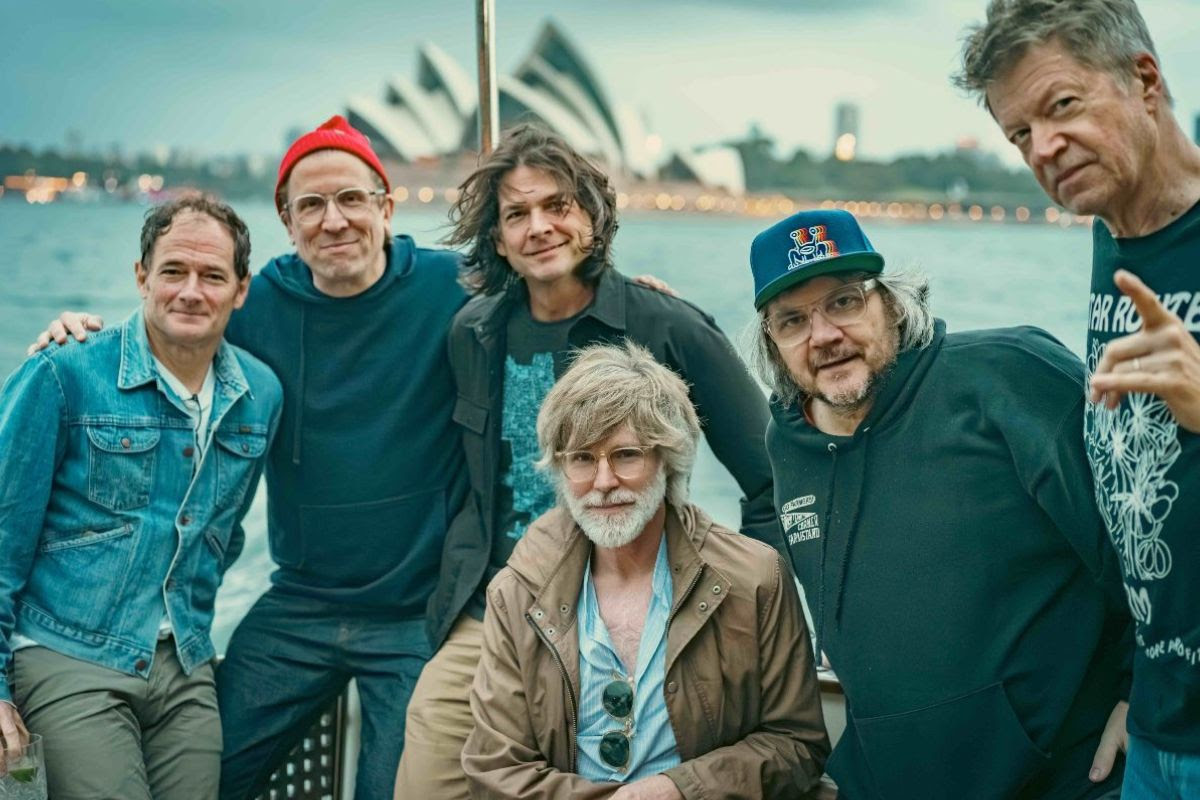
Chicago Alt-Country Faves Wilco Return to St. Augustine with Indie-Folk Great Waxahatchee

Looking for an Alternative to Spotify? Consider Hopping on the band(camp) Wagon
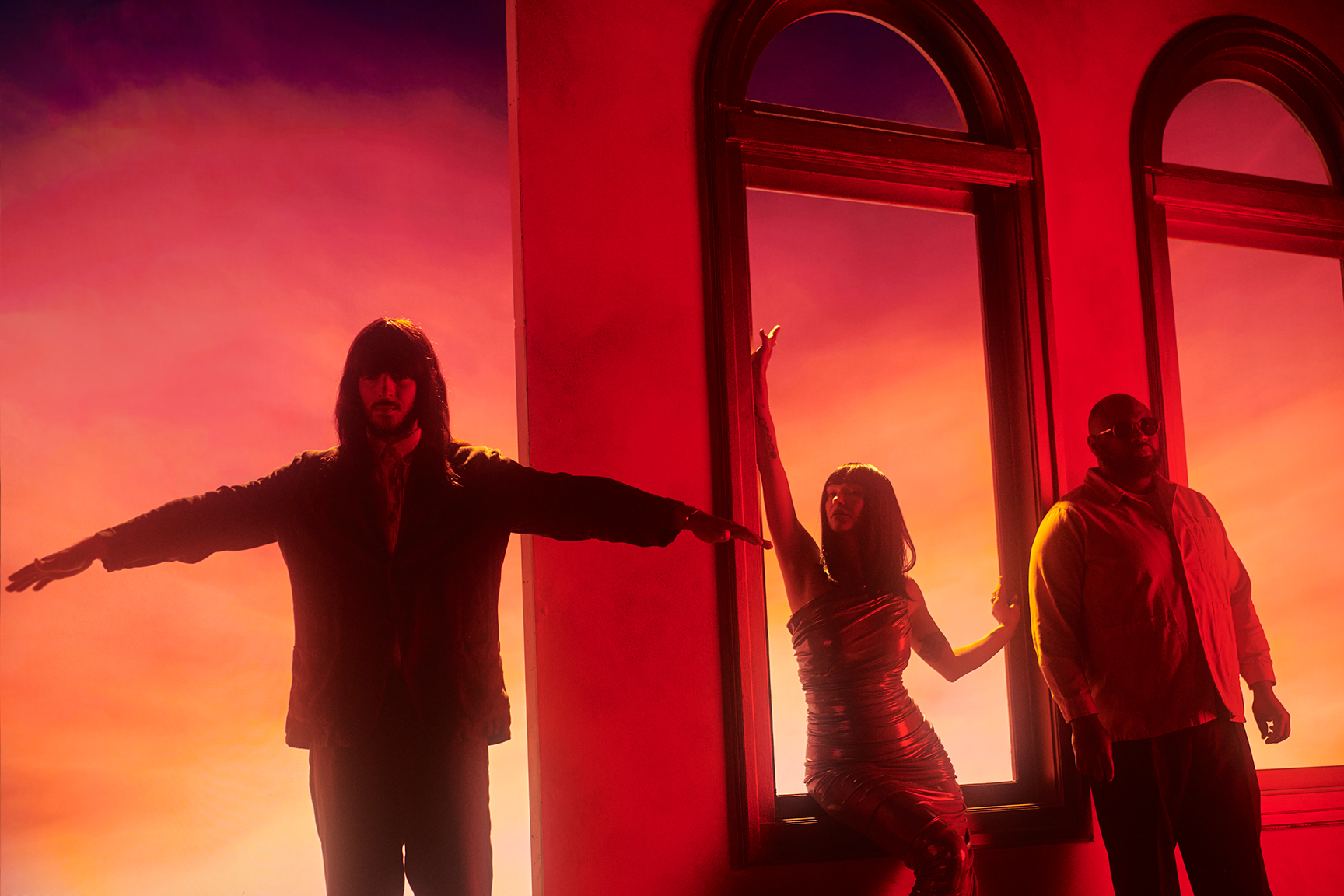
Khruangbin to Bring ‘A LA SALA’ Tour to St. Augustine in April

Perfume Genius, Flipturn, Tamino + Mitski and 6 New Songs to Stream
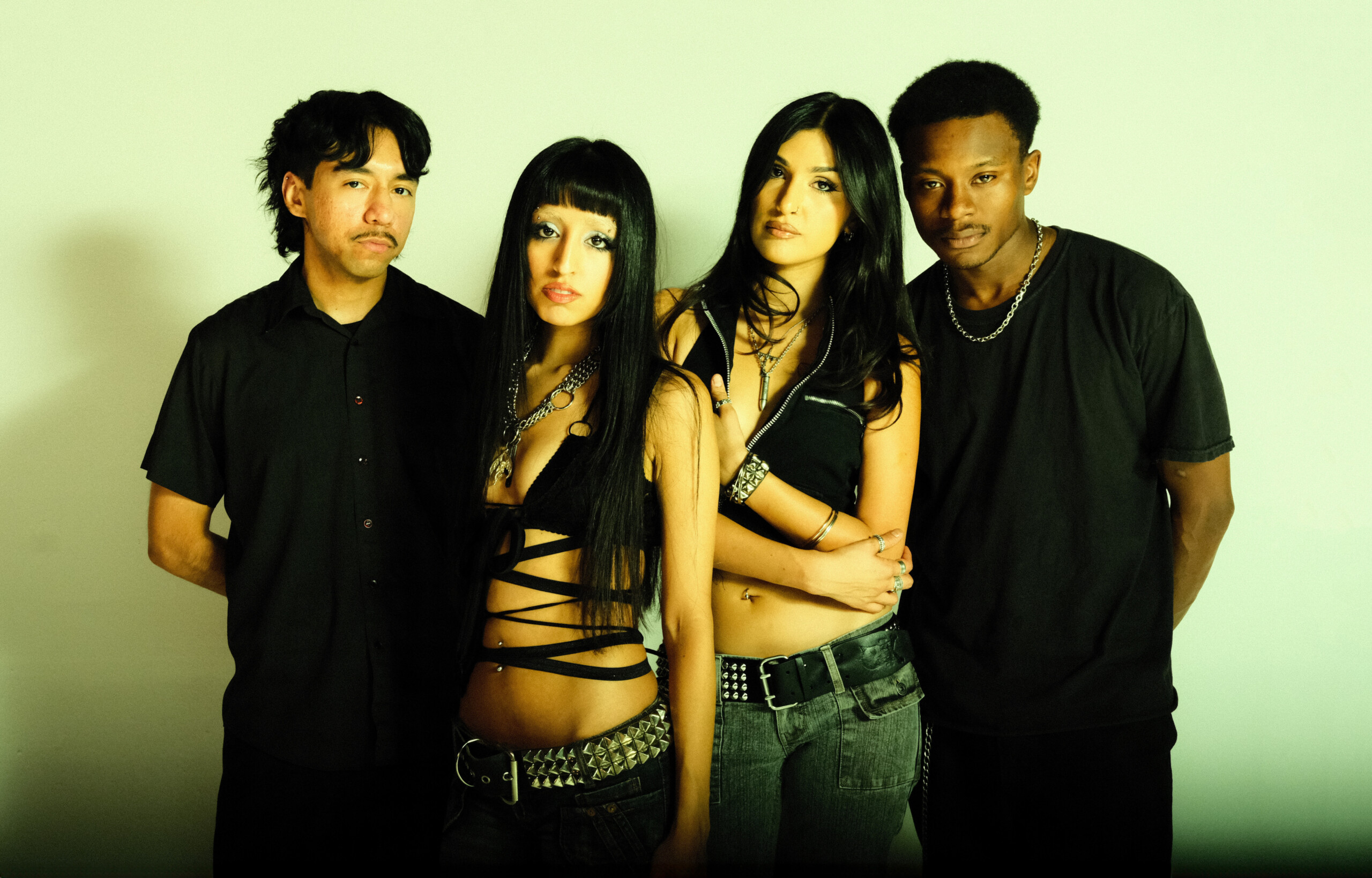
Song of the Day | “all tied up” by Glixen




